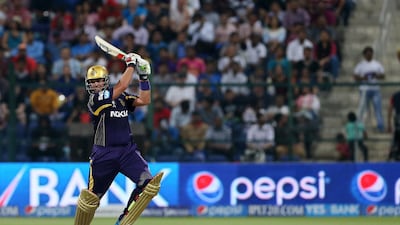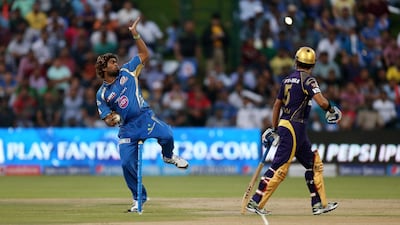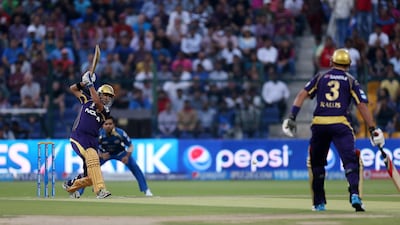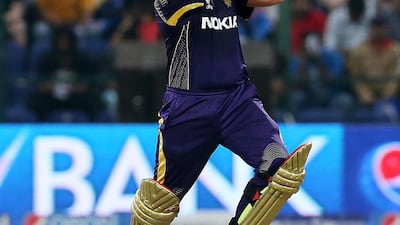The Emirates Cricket Board have confirmed their interest in staging some of cricket’s biggest competitions in the future.
That would be part of a co-hosting agreement with Pakistan, as well as on their own.
Would it work, and what matches could we see here?
What are they bidding for?
ICC events are yet to be allocated following the 2023 World Cup in India.
There are 20 global events in the cycle up to 2031, including the jewels in the ICC’s crown – the 50-over World Cup and the T20 version.
Qualifying tournaments and the Under 19 World Cup – each of which UAE have hosted in the past decade – are also on the list of events.
Does UAE have a pedigree for staging cricket?
Outside of the top 12 Test-playing nations, UAE has the most established pedigree for staging matches of any country.
The infrastructure for the game here is the envy of many – including inside those elite nations.
There are three well-appointed stadiums: in Abu Dhabi, Dubai and Sharjah.
There are also several high-standard training options, such as those on site outside Zayed Cricket Stadium, at the ICC Academy in Dubai, and at The Sevens, Dubai.
And, importantly, there is a vast cricket-loving community ready to welcome the stars of the game.
What would it be suited to?
UAE has expressed an interest in staging some competitions on its own, as well as some jointly with Pakistan.
At the top end of the bidding process, it could feasibly host some matches – possibly those involving India – for a 50-over World Cup mostly staged in Pakistan.
The top end of ambition, though, might be a lone bid for a T20 World Cup.
Although that competition has grown in size in recent times – the one in Australia later this year in scheduled to be staged at seven venues – it was initially a three-centre tournament.
In the inaugural tournament, in 2007, a 12-team, 27-match World T20 was played between three grounds, in Cape Town, Johannesburg and Durban. A similar event would be within the UAE's compass.










Would the grounds be filled?
Filling seats in the UAE has been an inexact science in the past.
Back in the heyday of Sharjah Cup cricket in the 1980s, the stadium was often full to capacity – and even more than that, on some occasions.
There are stories of supporters scaling the roofs of the stands to catch a glimpse of some of the big matches between India and Pakistan back then.
More recently, it has been hit and miss. Many bilateral matches involving Pakistan have been played in front of mostly empty stands.
There have been some sell-outs for T20 matches, while almost all of the 20 IPL matches here in 2016 were full houses.
The Asia Cup two years ago, which is perhaps the best guide, was very well attended, although there were some empty seats for a match that was said to be sold out between India and Pakistan.
Is a 25,000 capacity big enough?
Currently, Dubai International Stadium has the biggest capacity of this country’s cricket venues, at 25,000.
Would that be big enough for a major final? MCG, where this year’s T20 World Cup final is scheduled to take place, has scope for in excess of 90,000.
The remodelled Eden Gardens holds around 70,000, and was packed for the T20 final in 2016.
Lord’s, which staged the 2019 World Cup final, has a capacity of 30,000, so not far above the figure of Dubai.











